How a Cost Segregation Study Can Maximize Your Short-Term Rental Profits
By: Elliott Caldwell | Jun 27, 2025

If you're an Airbnb host or short-term rental property owner, you’re always looking for ways to increase profits and minimize tax liabilities. One of the most effective ways to achieve both is through a cost segregation study.
A cost segregation study is a powerful tax strategy that helps property owners unlock significant tax savings by accelerating depreciation deductions. By identifying and reclassifying various assets within your property, you can speed up depreciation timelines, allowing you to reduce taxes on your short-term rental and increase cash flow—immediately.
In this article, we’ll explain how a cost segregation study works, the benefits it offers to short-term rental owners, and why you should consider it for your property today.
Why Consider a Cost Segregation Audit for Your Short-Term Rental?
As a short-term rental owner, you likely have a variety of assets that could be depreciated faster than the building structure itself. Traditional depreciation for a residential property is spread over 27.5 years. For commercial properties, it’s spread over 39 years. While this method works, it can take decades to realize the full tax benefits.
However, a cost segregation study allows you to identify specific components of your property—such as furniture, appliances, lighting, and landscaping—that can be depreciated over shorter periods, typically 5, 7, or 15 years. This method accelerates your depreciation deductions, allowing you to enjoy the tax savings in the early years of property ownership.
The result? Immediate tax savings that can range from $40,000 to over $100,000 per property in the first year alone, putting cash back in your pocket for reinvestment or other business expenses.
How Does a Cost Segregation Study Work?
A cost segregation study involves a detailed analysis of your property’s components, performed by a team of tax advisors and engineers. Here's how the process works:
- Initial Assessment: The property’s acquisition documents, cost details, and available blueprints are reviewed to assess the full scope of the property.
- On-Site Inspection:
A team of experts conducts a physical inspection of the property to identify assets eligible for accelerated depreciation. These might include landscaping, HVAC systems, appliances, and furniture.
- Reclassification of Assets:
After identifying these components, the study reclassifies them into depreciation categories of 5, 7, or 15 years (instead of the standard 27.5 or 39 years for the building itself).
- Report Generation:
A comprehensive report is created, outlining the findings and providing a depreciation schedule for each reclassified asset.
By completing the cost segregation study, you can start taking advantage of accelerated depreciation deductions immediately, reducing your tax liability and boosting your cash flow.
What Are the Benefits of a Cost Segregation Study?
Conducting a cost segregation study offers several key benefits for short-term rental owners looking to maximize profits:
1. Immediate Tax Savings
The most significant benefit of this Airbnb tax loophole is the immediate tax savings it provides—often totaling tens of thousands of dollars in year one alone. Rather than waiting decades to claim your full depreciation, you can enjoy larger depreciation deductions in the first few years. These tax savings can range from $40,000 to over $100,000 in the first year alone, depending on your property value and the study’s findings.
2. Increased Cash Flow
By reducing your tax burden, you free up cash that can be reinvested into your short-term rental property. Whether you use the savings for property upgrades, marketing, or buying additional properties, the increased cash flow gives you the flexibility to grow your business faster and more efficiently.
3. Maximized ROI
Accelerating depreciation doesn’t just help with taxes—it helps maximize your return on investment (ROI). By reclaiming your investment faster, you can reinvest the savings into improving the property, which can lead to higher rental rates, increased occupancy, and overall improved profitability.
4. Bonus Depreciation Benefits
For properties purchased in 2024, you can take advantage of bonus depreciation, allowing you to depreciate 60% of eligible assets in the first year. In 2025, this percentage drops to 40%. Incorporating bonus depreciation into your cost segregation study can provide a significant boost to your first-year tax savings.
5. Long-Term Investment Strategy and Asset Reclassification
In addition to immediate tax savings and increased cash flow, cost segregation allows you to set up a long-term strategy for your property’s financial success. By strategically reclassifying assets, such as furniture, appliances, and land improvements, you create a more flexible financial situation, helping you adapt to market changes and reinvest in upgrades that ensure your short-term rental property stays competitive.
Moreover, once the study is performed, the reclassification of assets provides better segregation analysis, enabling you to manage your assets in a way that maximizes their potential over the years. This can lead to sustained profitability as segregation savings continue to benefit your investment property in the long term.
How Can a Cost Segregation Study Impact Your Tax Filing?
Once your cost segregation study is completed, you won’t need to submit the study itself with your tax return. However, the results of the study will be essential for updating your depreciation schedules.
The study provides detailed information on each reclassified asset and its depreciation timeline. Your CPA will use this data to accurately report your depreciation deductions on your tax return.
Even if you’ve already filed taxes for the current year, you can still benefit from a look-back study, which allows you to claim missed deductions without needing to amend previous tax filings.
What Types of Properties Qualify for a Cost Segregation Study?
A cost segregation study is not limited to large commercial buildings or institutional investors. In reality, a wide variety of real estate assets qualify—including short-term rentals, investment properties, and even recently improved or acquired structures. If a property generates income and has depreciable costs, it’s likely eligible for this powerful tax planning strategy.
Here are five of the most common property types that qualify for a cost segregation study, along with the tax-saving potential each one offers.
1. Short-Term Rentals and Vacation Homes
Whether you own an Airbnb, Vrbo, or luxury vacation rental, these properties are often ideal candidates for a cost segregation study. Many short-term rentals include depreciable assets like appliances, furniture, lighting, smart technology, and outdoor improvements—all of which can be reclassified to shorter lives and depreciated faster.
This allows property owners to accelerate their depreciation deductions and maximize tax savings—often unlocking tens of thousands of dollars in year-one deductions. These segregation studies are especially effective when paired with bonus depreciation benefits under current IRS guidelines.
2. Residential Investment Properties
Single-family homes, duplexes, and multi-family units that are used as long-term investment properties can benefit significantly from a cost segregation study. These properties typically qualify for 27.5-year straight-line depreciation, but a segregation analysis allows many components—like cabinetry, flooring, and site work—to be depreciated over 5, 7, or 15 years instead.
Real estate investors can use this approach to reduce current taxable income, reinvest early tax savings, and improve ROI across their portfolio. Even older investment property holdings may be eligible through a look-back study and Form 3115, which allows a taxpayer to capture unclaimed depreciation without amending past returns.
3. Commercial Property
Commercial properties such as office buildings, retail centers, warehouses, and medical facilities are classic examples of assets that benefit from a cost segregation study. These structures are generally depreciated over 39 years, but a study can reclassify up to 30–40% of the building’s cost into shorter-lived categories.
This results in large up-front tax deductions that create immediate tax savings and significantly improve the property's cash flow. Bonus depreciation applies to many of these reclassified assets, giving commercial property owners an additional way to accelerate their deductions.
4. Renovated or Improved Properties
Many real estate investors overlook the opportunity to apply cost segregation to capital improvements, renovations, and tenant build-outs. If you've recently invested in upgrading HVAC systems, partitions, fixtures, or landscaping, those costs may qualify for accelerated depreciation even if the underlying building has been owned for years.
These segregation studies are especially valuable when renovations are substantial or part of a repositioning strategy. Proper accounting and classification can dramatically reduce taxable income and boost ROI.
5. Recently Acquired Investment Properties
Properties acquired recently—regardless of size—are ideal for a cost segregation study, particularly if placed in service in the current or previous tax year. New acquisitions qualify for bonus depreciation, allowing up to 40% of eligible costs to be deducted immediately under current law.
Whether the property is a short-term rental, apartment complex, or a commercial asset, an engineering-based segregation study ensures that your tax planning is fully optimized. This can make a major difference in first-year profitability and long-term financial outcomes.
If you're a real estate investor, own commercial property, or operate income-generating services like vacation rentals, a cost segregation study may be one of the most powerful tax strategies available to you. The IRS not only allows it—it has published an IRS Cost Segregation Guide to support compliance and methodology. Done correctly, it can yield permanent tax savings, enhanced cash flow, and a stronger return on your investment.
Don't leave money on the table. Whether you're holding properties in an LLC, a trust, or personally, the opportunity to accelerate depreciation deductions and reduce your tax liability is real.
Can You Benefit from a Cost Segregation Study?
You might be wondering, “Can I take advantage of a cost segregation study for my short-term rental property?” The answer is yes! Whether you're a first-time investor or an experienced property owner, you can benefit from accelerated depreciation deductions.
Here are a few examples of who can benefit from cost segregation:
- W-2 Job Holders: You don’t need to be a full-time real estate professional to benefit from cost segregation. If you own rental properties, you can still claim the tax savings.
- Recently Purchased Property: Even if you’ve owned the property for a year or more, you can still complete a cost segregation audit and claim the tax savings in the current year.
- Multiple Properties: If you own several short-term rental properties, the total tax savings from cost segregation can be significant.
Five Common Misconceptions About Cost Segregation
Cost segregation is one of the most underutilized tax strategies available to short-term rental property owners. By accelerating depreciation on certain components of your property, you can unlock immediate tax savings and boost cash flow. But many owners miss out due to common misconceptions—and that means leaving serious money on the table.
Here are five persistent myths our team encounters regularly, and why they shouldn’t hold you back from exploring this powerful strategy:
1. "Cost Segregation Is Just a Timing Difference—The Benefit Is Temporary"
Yes, depreciation is ultimately a timing tool. But in tax strategy, timing is everything. Cost segregation reclassifies building components into shorter-lived asset categories (typically 5, 7, or 15 years), front-loading your depreciation deductions.
Here’s why that matters:
- Deductions today are more valuable than those taken 20 years from now due to inflation and the time value of money.
- Immediate cash savings can be reinvested into upgrades, marketing, or acquiring more properties—creating compounding returns.
- If you're in a high-income year or facing steep tax bills, front-loading these deductions can drastically improve liquidity.
In essence, this “timing difference” is a powerful tool for accelerating wealth creation—not a short-term gimmick.
2. "You Can’t Do a Cost Segregation Study on a Property You Bought Years Ago"
This is one of the most damaging myths in the real estate world. In reality, cost segregation can be applied retroactively—even on properties placed in service as far back as 1986.
Thanks to IRS Form 3115 and Section 481(a), you can take a “catch-up” depreciation adjustment in the current year—without amending past returns. That means:
- You get all the unclaimed depreciation in a single year
- No messy amendments or audits triggered
- A powerful one-time deduction that can supercharge your current-year savings
If you missed out on cost segregation when you purchased your short-term rental, you can still unlock its benefits with a retroactive study.
3. "Cost Segregation Studies Will Trigger an IRS Audit"
Cost segregation studies are fully recognized by the IRS when properly conducted. In fact, the IRS has published an Audit Techniques Guide (ATG) specifically for cost segregation, outlining what constitutes a compliant study.
The keys to staying audit-safe are:
- Working with a qualified provider who uses engineering-based methodologies
- Ensuring the study includes proper documentation and classification
- Avoiding aggressive or unsupported assumptions
When done correctly, a cost segregation study is not only IRS-compliant but often strengthens your audit position by creating clear, defensible asset breakdowns.
4. "It Only Makes Sense for Large or High-Value Properties"
While cost segregation is often associated with multimillion-dollar commercial buildings, the truth is that even properties with a basis under $500,000 can yield significant returns, especially when bonus depreciation is in play.
For example:
- A $350,000 renovation could yield a $157,500 depreciation deduction
- In a 35% tax bracket, that’s $55,125 in first-year tax savings
- That’s real money back in your business—money that can pay for furnishing upgrades, ad spend, or additional listings
Even smaller short-term rentals or vacation homes can benefit greatly from a study, especially when strategic improvements are involved.
5. "Recapture at Sale Cancels Out the Benefits"
Taxpayers often worry that depreciation recapture at the time of sale will wipe out any benefit from cost segregation. While recapture is real, the math still strongly favors cost segregation in most situations.
Why:
- The upfront cash flow savings typically outweigh the potential recapture tax
- Recapture is capped at gain on sale and may be taxed at lower rates than ordinary income
- The present value of early savings, reinvested over time, still wins
That said, it’s wise to hold the property for at least 3–5 years after a study to fully realize the benefits. But even in shorter timelines, strategic planning (such as 1031 exchanges) can help mitigate recapture exposure.
Get Started with Cost Segregation Studies Today
Now that you understand the benefits of cost segregation, it’s time to take action. Legacy Wealth Tax Advisory & Accounting, our sister company, specializes in helping short-term rental investors unlock powerful tax savings by accelerating depreciation on their properties.
Their team of tax and real estate experts will guide you through the cost segregation process, ensuring you get the maximum benefits from your investment while staying fully compliant with IRS regulations. Whether you're a first-time investor or a seasoned pro, Legacy Wealth makes the entire process easy and hassle-free, providing you with the tools and knowledge you need to maximize cash flow, legally reduce taxes, and boost your ROI.
To get started, schedule a free consultation with Legacy Wealth today. Don’t leave money on the table—let them help you unlock the full potential of your short-term rental investment!








